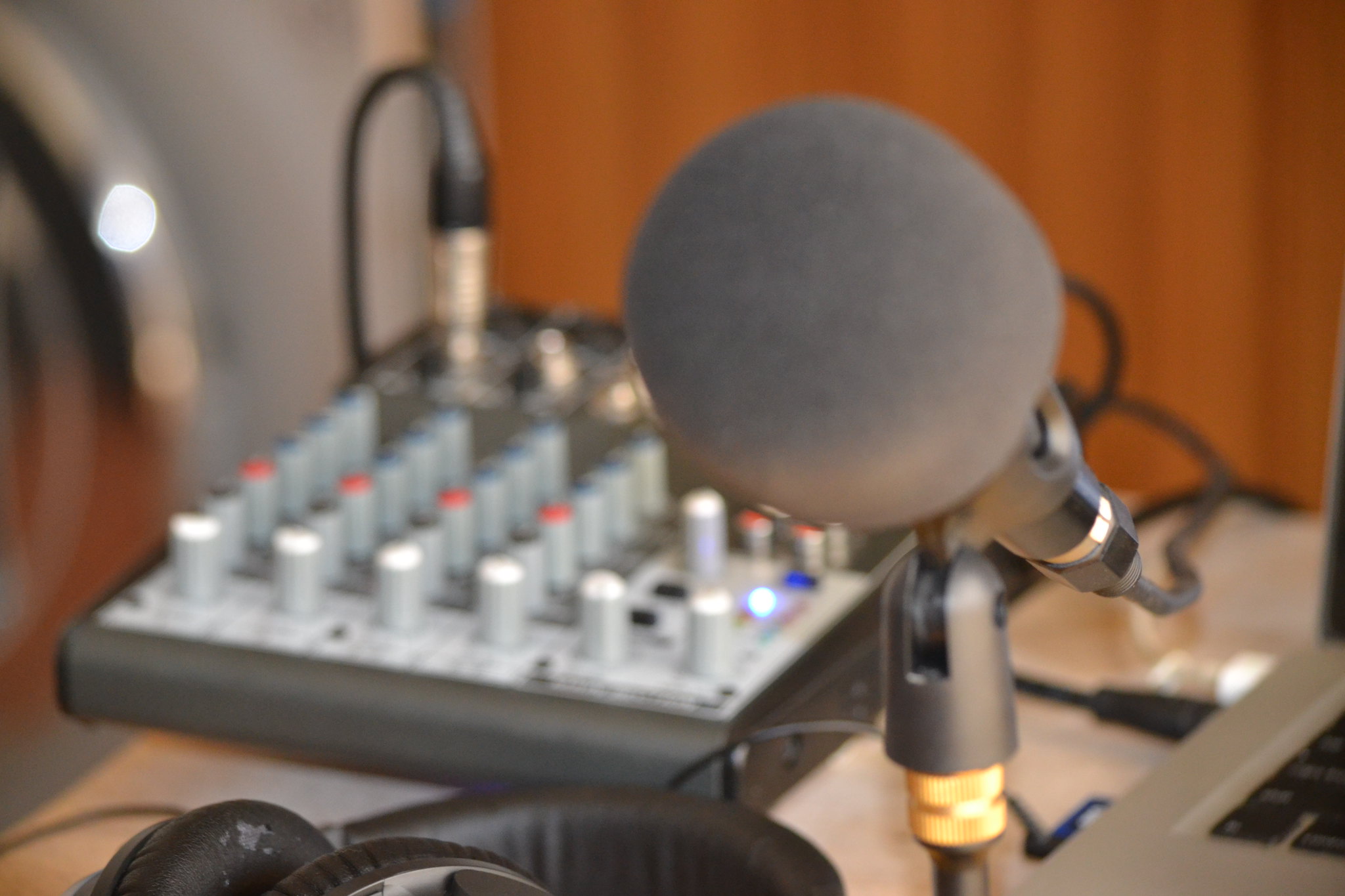By Esther Esinulo
Introduction
In today’s fast-paced digital world, podcasting has become a powerful medium for sharing stories, ideas, and information. With millions of listeners worldwide, podcasts offer a unique opportunity to connect with a dedicated audience and establish your voice in the industry. If you’re a budding podcaster ready to embark on this exciting journey, we’ve got you covered. Welcome to the ultimate guide for beginners on mastering the art of podcasting!
Step 1: Define Your Purpose and Target Audience
The first step in creating a successful podcast is defining its purpose and target audience. Are you looking to educate, entertain, or inspire? Understanding the goal of your podcast will help you choose engaging topics, craft compelling narratives, and create content that resonates with your listeners.
Step 2: Choose a Niche Topic
With countless podcasts available, it’s crucial to select a niche topic that sets you apart and appeals to your target audience. To find your niche, consider your passions, expertise, and areas where you can add unique value. Your chosen topic should be specific enough to attract a dedicated audience, yet broad enough to provide diverse content.
Step 3: Plan Your Episodes
Before hitting the record button, it’s essential to plan your episodes. Develop a content calendar outlining the topics you’ll cover, the release schedule, and any guest speakers you plan to invite. Determine the format of your podcast, such as solo, co-hosted, or interview-based, and decide on the episode length that best suits your content and audience.
Step 4: Invest in Quality Equipment
Quality audio is crucial for a successful podcast. Invest in a good-quality microphone, headphones, and audio editing software to ensure your podcast sounds professional. You don’t need to break the bank; there are affordable options available that still deliver excellent sound quality.
Step 5: Record and Edit Your Episodes
When recording your episodes, find a quiet and echo-free space to minimize background noise. Maintain a consistent distance from the microphone and speak clearly to ensure optimal audio quality. After recording, use your editing software to remove any mistakes, add intro and outro music, and fine-tune the sound levels.
Step 6: Publish and Distribute Your Podcast
Once you’ve recorded and edited your episodes, it’s time to publish and distribute your podcast. Choose a podcast hosting platform that best suits your needs, such as Libsyn, Podbean, or Anchor. Ensure your podcast is available on popular directories like Apple Podcasts, Spotify, and Google Podcasts to maximize your reach.
Step 7: Promote Your Podcast
Creating an outstanding podcast is just the beginning; promoting it is key to attracting and retaining listeners. Share your episodes on social media, collaborate with other podcasters, and engage with your audience through comments, emails, and social media interactions. Don’t forget to ask your listeners to rate, review, and subscribe to your podcast, as this will help increase its visibility on podcast directories.
Step 8: Measure and Improve
Track your podcast’s performance using analytics provided by your hosting platform or third-party tools. Pay attention to key metrics, such as total downloads, listener retention, and audience demographics. Use this data to make informed decisions about your content, promotion strategies, and areas for improvement.
Conclusion
Mastering the art of podcasting takes time, effort, and dedication, but the rewards are worth it. By following these steps and embracing your unique voice, you’ll be well on your way to creating a podcast that captivates, informs, and inspires your audience. Happy podcasting!







